seymour chwast interview – top image: self portrait
we recently spoke to seymour chwast, co-founder of push pin studios.
DB: please could you tell us briefly about the evolution of your work?
SC: I was born in the bronx, new york. as a child I was fascinated with comic books and would draw my own characters. I did think that one day i would work in animation or comics but during high school my enthusiasm shifted to commercial art. after graduating from cooper union I worked as a graphic designer at a few different studios in new york before going freelance. next, I formed push pin studio together with milton glaser and edward sorel – that was in 1954. we produced illustration and graphic design for a all sorts of purposes; posters, packaging, typefaces, books, magazines and much more. after twenty years milton left to form his own studio and I have continued working under the push pin name until today.
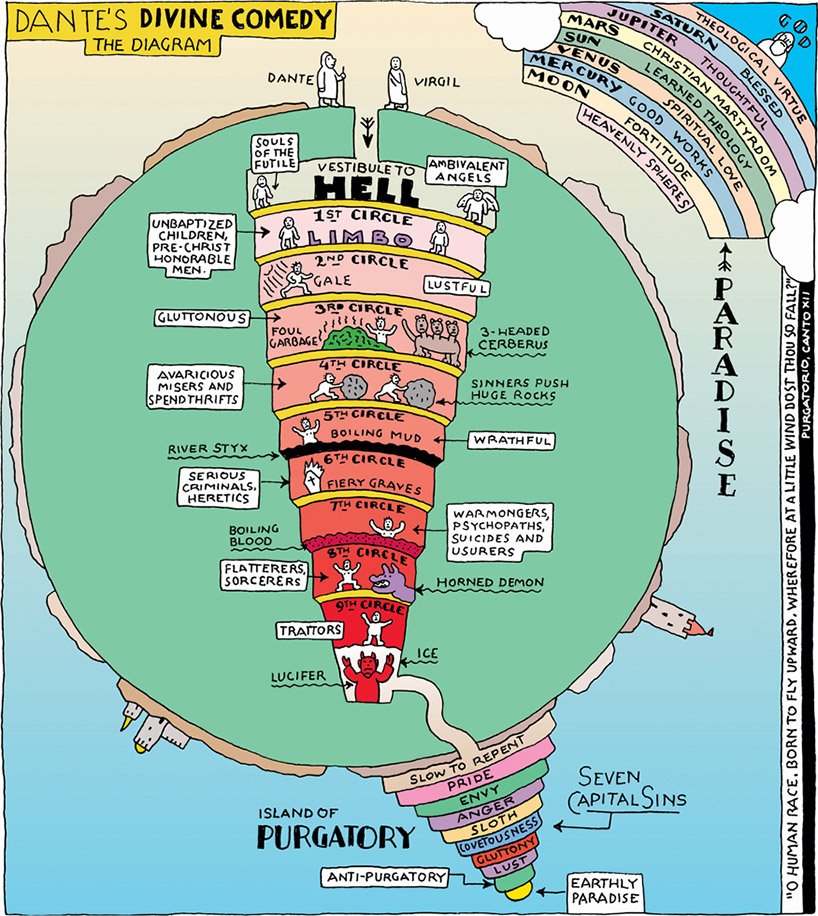
dante’s ‘divine comedy’ diagram (2001) for the new york times book review
DB: at what age did you decide you wanted to be a graphic designer / illustrator?
SC: at high school I had an art teacher that set us graphic design briefs and encouraged us to enter local design competitions – that’s when I started to take it more seriously.
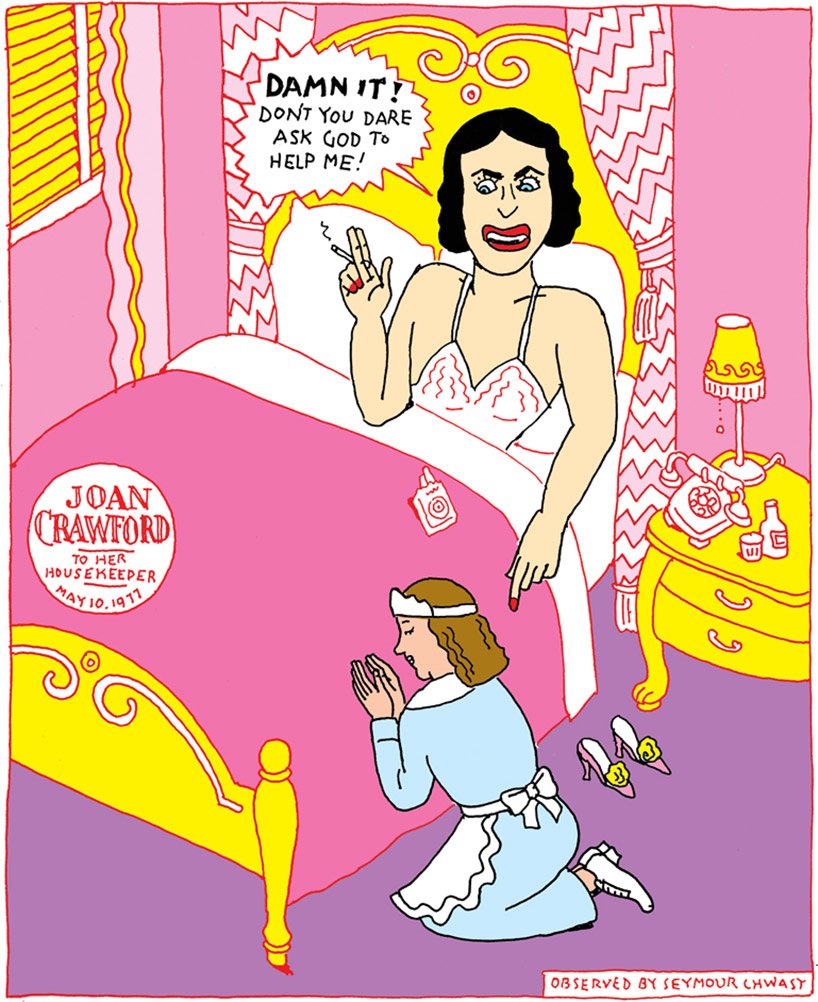
joan crawford (2013) – from a series, illustrating ‘famous last words’ for print magazine
DB: how would you describe your work to someone who hasn’t seen it before?
SC: stylistically it’s quite varied. in terms of expressionism I’m a generalist but at the core of most pieces is a sense of order and attempt to solve problems.
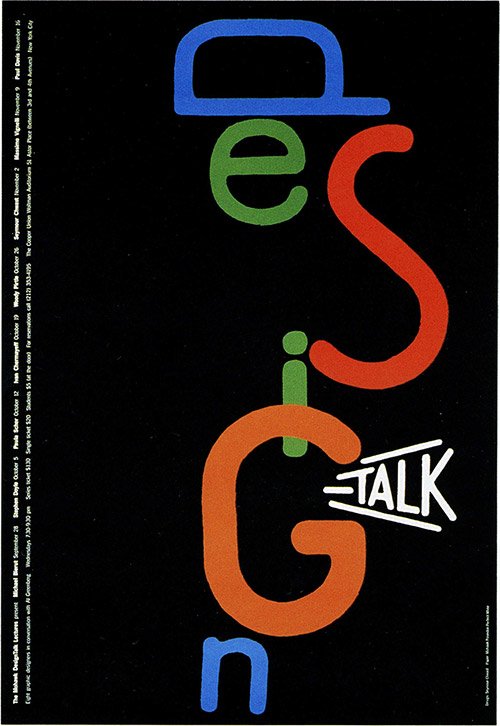
‘design talk’ poster for a lecture series (1995)
DB: looking back, which of your projects have given you the most satisfaction?
SC: all the projects that I initiated, whether books, posters, the push pin graphic (with others) or the nose. I learned that if the project is all mine I have no excuse when it turns bad.
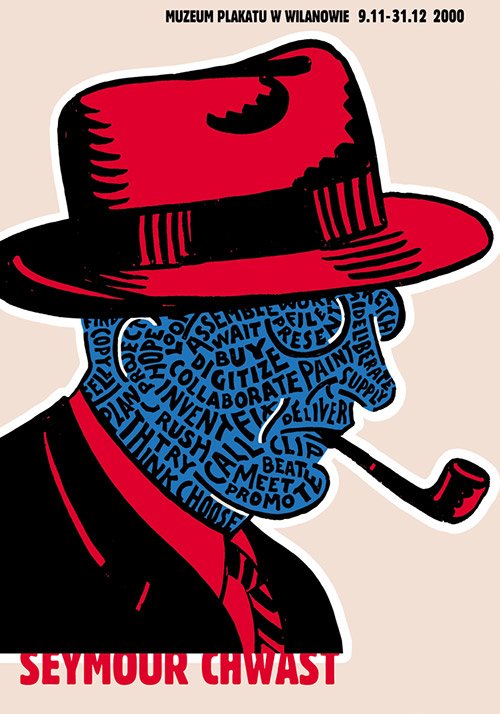
‘polish head’ poster for a exhibit in poland (2000)
DB: how do you see the future of the poster in a time where people increasingly get their news from the screen?
SC: I see fewer good posters now and it is still a good medium but not necessarily for conveying news.
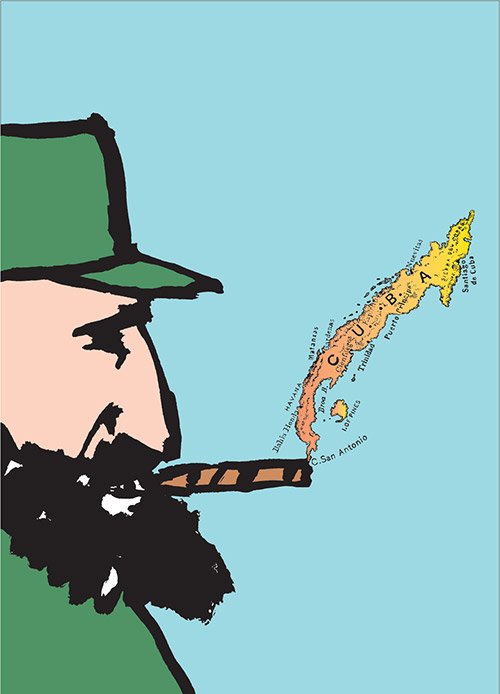
‘castro’ personal drawing (1989)
DB: what is the most important aspect of poster design for you?
SC: once I settle on a concept I always ask myself:
is it beautiful? is it smart? does it answer the brief I’ve been given?
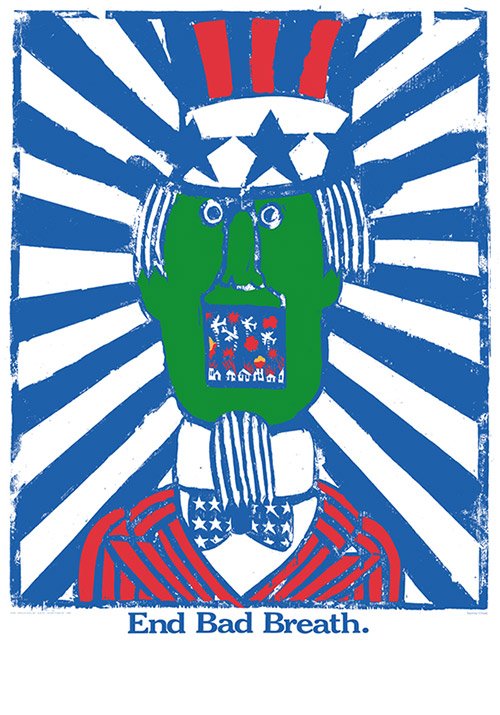
‘end bad breath’ anti-war poster (1957)
DB: what are your thoughts on specialization vs generalization?
SC: generalists have more freedom, which helps you stay enthusiastic. my lack of specialization has allowed me to explore many different ways to solve problems. I do admire people who are more rigid and focussed in their expression but it’s not something that comes naturally to me.
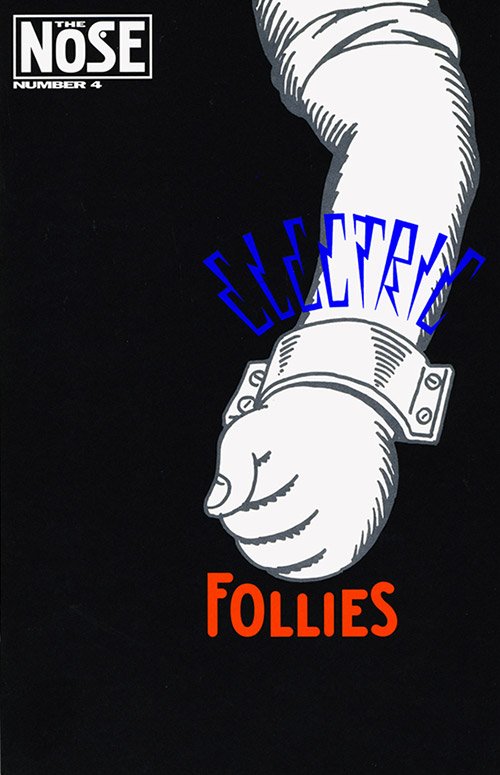
‘electric follies’ cover for the nose (2000)
DB: do you think it’s important for a graphic designer to be able to draw?
SC: it certainly helps if you can because it allows you to vizualize your ideas quickly. drawing also forces you to observe and study things more closely than you might otherwise.
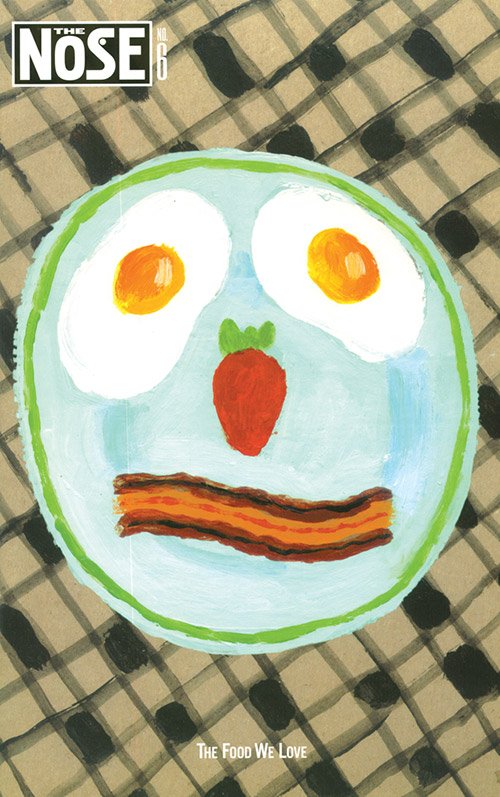
‘food we love’ cover for the nose (2001)
DB: besides your professional work, what do you have a passion for?
SC: I don’t do crossword puzzles but I like to solve graphic problems.
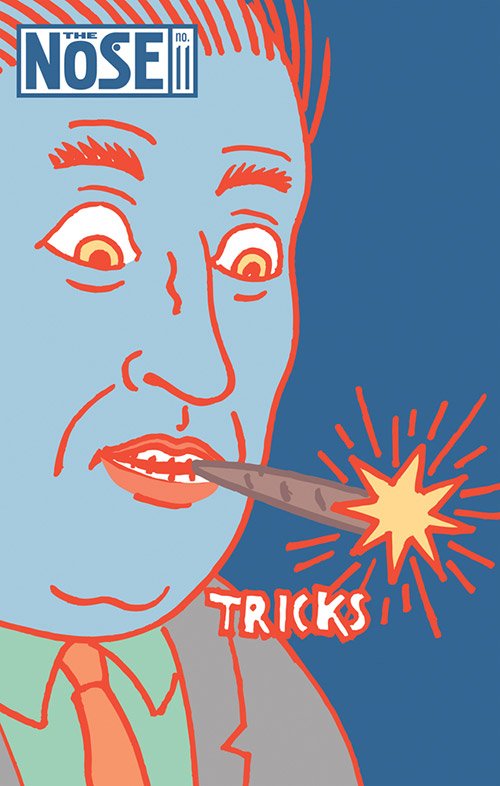
‘tricks’ cover for the nose (2005)
DB: what’s your most prized possession?
SC: my interest in continuing to design and illustrate after many years.
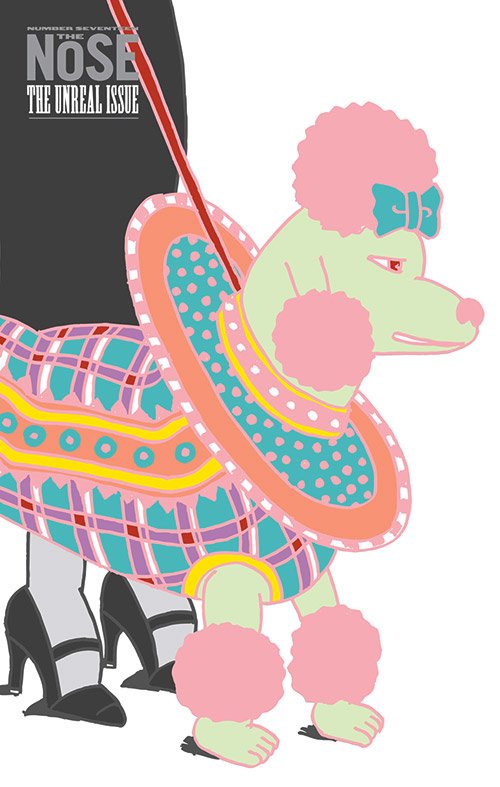
‘untruths’ cover for the nose (2009)
DB: what advice would you give to any aspiring graphic designers?
SC: be outside of the mainstream but not too far. work hard and save your money.

You must be logged in to post a comment.